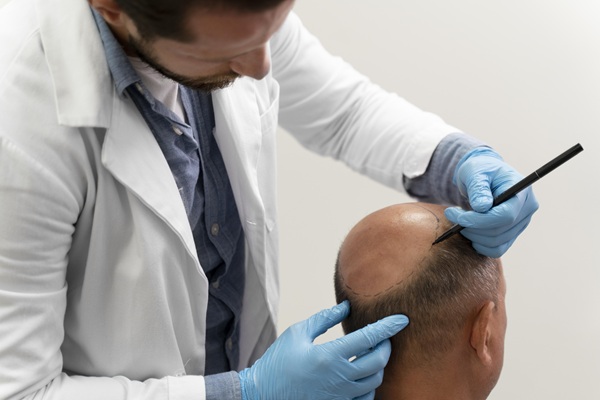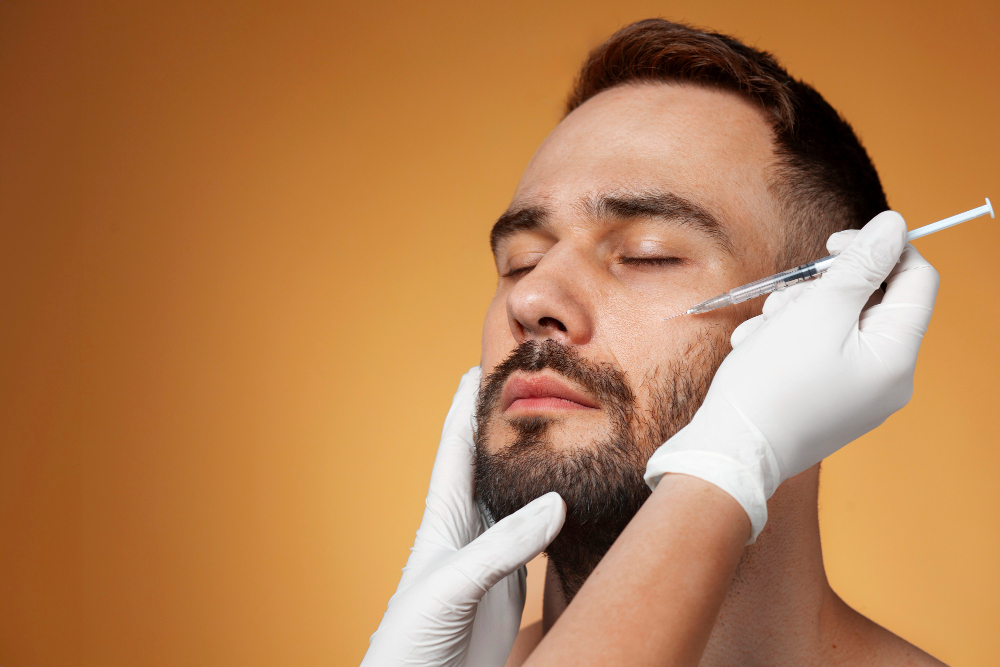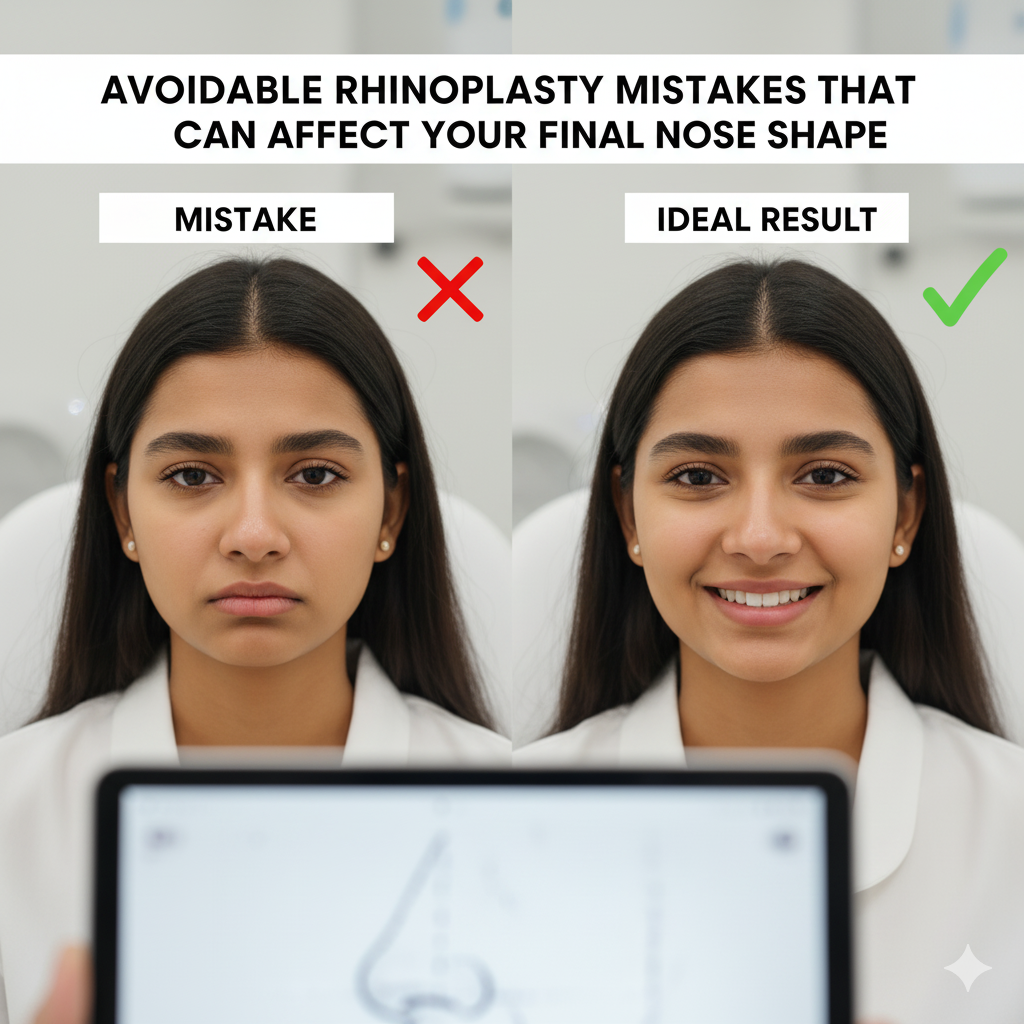Do Hair Transplants Help Regrow Bald Patches From Alopecia?
Hair transplant for patchy alopecia — the moment those words pop into your search bar, you’re likely feeling a mix of urgency and doubt. You’ve noticed a bald patch, maybe small, maybe expanding, and you can’t stop running your fingers over it.
For you, it's personal, even though your friends may say it's "no big deal." It has an impact on your self-esteem, daily decisions, and even your hairstyle.
This isn’t a casual cosmetic tweak. It’s written from the viewpoint of a consultant, Dr. Chandra at Radiant Roots— clear, clinical, and compassionate. You’ll get what hair transplants can do, when they help, when they don’t, and what questions to ask before you ever book a scalpel. Let’s talk through whether a hair transplant can truly help when alopecia is the cause.
Is A Hair Transplant For Patchy Alopecia The Right Choice For You?
Sometimes yes. Sometimes no.
It depends first on which type of alopecia you’re dealing with. Alopecia isn’t one condition — it’s a broad term. Some forms are autoimmune, like alopecia areata. Others are genetic, like pattern baldness. Some are scarring types that permanently damage follicles.
Here’s the truth:
- If your alopecia is still active and new patches are appearing, a transplant could fail because the immune process might attack the transplanted hairs.
- If your alopecia has been stable — meaning no new bald spots or changes for a year or more — then a transplant might be a realistic option.
Think of it like this:
- You have one patch that’s been there for years without change — that’s a calmer landscape to work on.
- You have patches that appear, shrink, and reappear — that’s an active storm, and planting new follicles there could be wasted effort.
What Does “Stable” Really Mean?
In medical terms, stability means your condition has stopped progressing. But we don’t guess — we check.
Dr. Chandra looks for:
- No new bald patches for at least 12 months.
- No signs of active inflammation in the scalp.
- A healthy donor area at the back or sides of your head where hair can be safely harvested.
In some cases, a scalp biopsy or other tests may be done to be sure we’re working with a settled condition.
How Will Your Assessment Work?
Your first step isn’t booking surgery. It’s booking an evaluation. At Radiant Roots, that process usually involves:
- A detailed history of your hair loss — when it started, how it changed.
- Scalp examination, sometimes with magnification.
- Tests for possible underlying causes, like thyroid imbalance or nutritional deficiencies.
- Planning treatment in stages — starting with medical therapy if the condition might still reverse naturally.
The goal? To decide if you’re ready for surgical restoration, or if we first need to calm the disease.
How Does The FUE Hair Transplant Work?
At Radiant Roots and Dr. Chandra, we follow the FUE (Follicular Unit Extraction) method exclusively. This is a precise, minimally invasive approach where individual hair follicles are removed from your donor area — typically the back or sides of your head — and transplanted into the bald patch.
What makes FUE preferred:
- No long linear scar — only tiny dot-like marks that heal quickly.
- Shorter downtime compared to traditional strip methods.
- high placement accuracy, providing a natural density and direction.
Here’s what to expect:
- The procedure is done under local anesthesia.
- You may feel mild soreness for a few days after.
- Transplanted hairs usually shed before regrowth begins.
- Visible results develop gradually over 6–12 months.
This is a meticulously planned change, not a "quick fix."
Can Anything Make The Results Better?
Yes. We often combine transplants with supportive therapies to improve graft survival and growth. Platelet-rich plasma (PRP) is one such option, where we use your own growth factors to help the follicles heal and grow faster.
Ongoing medical treatments — like topical solutions or anti-inflammatory medications — may also be recommended to protect your remaining natural hair and keep the alopecia from returning.
What Should You Expect — Honestly?
A transplant can fill in a bald patch and restore density, but it’s not magic.
You should be prepared for:
- Partial improvement rather than a perfectly natural, untouched scalp.
- The possibility of needing future touch-ups.
- A small but real risk that alopecia may return, even in transplanted areas.
It’s about creating a long-term plan, not chasing a one-time miracle.
What Should You Ask Before Saying Yes?
Bring these questions to any consultation:
- What type of alopecia do I have?
- How long has it been inactive?
- How much donor hair do I have?
- Which transplant method do you recommend for my case?
- Will you use supportive treatments like PRP?
- What’s the realistic outcome in my situation?
If your clinic can’t give clear, confident answers, consider that a red flag.
Begin Your Journey With Radiant Roots
If properly scheduled and prepared, a hair transplant for patchy alopecia can change a person's life. At Radiant Roots and Dr. Chandra, we don’t just offer a procedure; we offer a partnership. We’ll tell you when to wait, when to treat medically, and when surgery makes sense.
If you’re ready to explore your options, start with a proper diagnosis. Once we know your condition is stable, we can design a treatment plan that fits your scalp, your health, and your goals.
Your journey to regrowth is not about rushing. It’s about making the right move at the right time. And we’ll be here to guide you every step of the way.
FAQs
No. Hair transplants work best for stable forms of alopecia where no new patches have appeared for at least a year. Active autoimmune or scarring types may reject transplanted hairs, so proper diagnosis is crucial before considering surgery.
Stable alopecia means no new bald patches or changes for at least 12 months, no scalp inflammation, and a healthy donor area. This is confirmed through scalp examination, history, and sometimes biopsy, before surgery is considered safe.
FUE (Follicular Unit Extraction) involves transplanting individual follicles from the donor area to bald patches. It leaves no linear scar, heals quickly, and allows precise placement for a natural look. It’s less invasive than older strip methods and offers faster recovery.
Not immediately. Transplanted hairs often shed first, with new growth starting in a few months. Full visible improvement generally takes 6–12 months. The process is gradual and requires patience for natural, lasting results.
Yes. Supportive therapies like platelet-rich plasma (PRP) can boost healing and graft survival. Ongoing medical treatments may also protect existing hair and prevent alopecia from returning, ensuring better long-term outcomes after the transplant.
Read More : How Does PRP Therapy Help In Enhancing Hair Transplant Results





